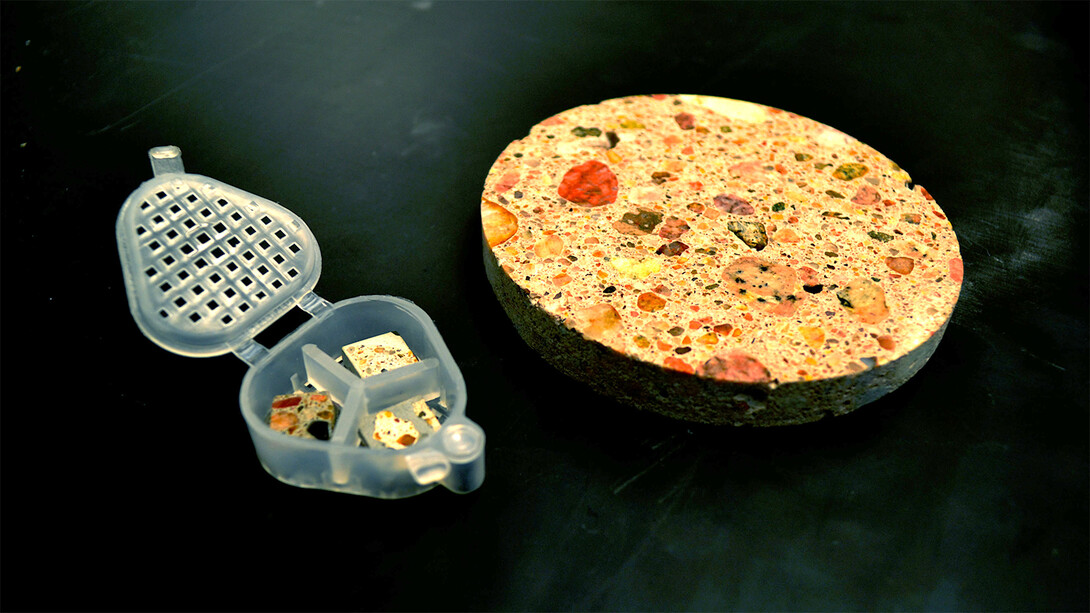
With an eye on reducing costs and lessening environmental impacts, engineers are building more infrastructure with concrete made of alternative binding and recycled materials.
A recent two-year grant from the National Science Foundation will help engineers at the University of Nebraska-Lincoln explore the performance and durability of these new mixtures with the aim of developing better ones.
Though the conventional formulas used to make cement produce a high-quality material, they also generate environmentally significant amounts of carbon dioxide, said Yong-Rak Kim, professor of civil engineering.
“Concrete is the world’s most widely used material in construction, and the use of alternative binding agents and recycled materials is becoming more important every day,” Kim said. “The issues we are facing come back to finding ways to make a high-quality, green material while keeping the cost of construction down.”
Yet much remains unknown about how non-cement binding agents and recycled materials fare when they are blended into a concrete mixture, Kim said. To better understand this, he said, “it’s important to get as small as possible.”
Joseph Turner, the Robert W. Brightfelt Professor of mechanical and materials engineering, will lead the team’s investigation into microscopic and even nanoscopic cracks that can emerge in various mixtures.
“It’s like the windshield of your car,” Turner said. “Something can cause a very tiny crack that, by itself, isn’t very significant. But when multiple tiny cracks begin to propagate and they come together into larger ones, you suddenly have a bigger failure that can be very costly.”
Charles Nguyen, one of Turner’s doctoral advisees, will help further map chemical and mechanical properties of the mixtures. And two of Kim’s doctoral advisees, Mahdieh Khedmati and Gabriel Nsengiyumva, are sharing information they glean from working with samples at various scales.
Both say that one particular material – a mixture of a geopolymer and standard rocks – is showing promise as a potential binding alternative.
“You can actually make a structure that is like a solid rock,” Nsengiyumva said. “It’s even stronger than traditional concrete.”
The team also plans to examine the indistinct regions, or interphases, that form when geopolymers interact with recycled aggregates.
“After micro-cracks initiate, they follow the path of lowest strength,” Turner said. “The goal is to understand how to eliminate the weak regions of the material by strengthening our understanding of these interphases.”








